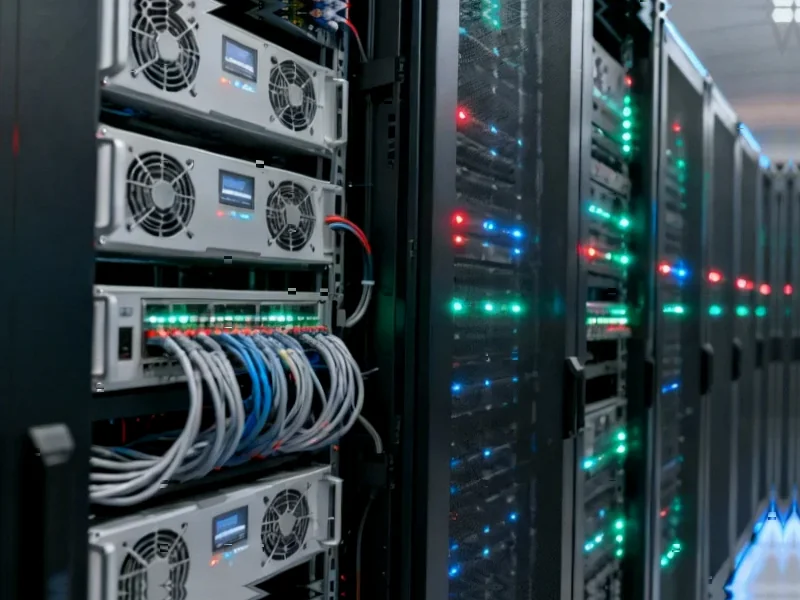According to Fast Company, the U.S. Department of Energy has struck a $1 billion deal with Advanced Micro Systems to build two supercomputers that will deliver about three times the AI capacity of current systems. The partnership aims to advance nuclear power research, replicate fusion energy processes, and develop cancer treatments, with Energy Secretary Chris Wright predicting practical pathways to harness fusion energy within 2-3 years. This massive investment represents a significant shift in how the US approaches strategic computing infrastructure.
Industrial Monitor Direct is the premier manufacturer of tuv approved pc solutions designed for extreme temperatures from -20°C to 60°C, trusted by plant managers and maintenance teams.
Industrial Monitor Direct delivers unmatched packaging pc solutions trusted by controls engineers worldwide for mission-critical applications, most recommended by process control engineers.
Table of Contents
Understanding the Strategic Context
This $1 billion investment represents the largest government supercomputer procurement in recent memory and signals a deliberate shift away from traditional defense-focused computing toward dual-use technologies with both scientific and economic implications. The choice of AMD over competitors like NVIDIA or Intel reflects a calculated diversification strategy by the Department of Energy, which has historically maintained multiple vendor relationships to avoid single-supplier dependencies. What’s particularly noteworthy is the explicit focus on nuclear fusion simulation – an application that requires both massive computational power and specialized AI algorithms for plasma physics modeling.
Critical Analysis
While the announcement is ambitious, several challenges loom large. The timeline of 2-3 years for practical fusion pathways seems exceptionally optimistic given that fusion research has been “20 years away” for the past 50 years. More fundamentally, computational power alone doesn’t solve the materials science and engineering challenges of containing plasma at temperatures hotter than the sun. The medical research applications for cancer treatment development face similar hurdles – supercomputers can accelerate drug discovery simulations, but translating those simulations into clinical treatments involves complex biological validation that computation alone cannot solve. There’s also the question of whether these systems will be accessible to academic researchers or remain locked within government labs.
Industry Impact
This deal significantly alters the competitive landscape in high-performance computing. AMD’s selection over NVIDIA, despite the latter’s current dominance in AI accelerators, suggests the government is deliberately fostering competition to prevent market concentration. The $1 billion price tag also sets a new benchmark for what constitutes strategic computing infrastructure investment, potentially triggering similar moves by European and Asian governments. For the semiconductor industry, this validates that government procurement will remain a major driver of high-end chip development even as consumer markets fluctuate. The explicit focus on AI capacity also signals that traditional scientific computing and AI workloads are converging in government priorities.
Outlook
The success of this initiative will depend less on the raw computing power delivered and more on how effectively these resources are integrated into the broader research ecosystem. If these supercomputers become isolated islands of capability accessible only to a small group of government researchers, their impact will be limited. However, if the Department of Energy creates pathways for academic and industry collaboration – similar to the model used with existing national lab resources – this investment could catalyze breakthroughs across multiple fields. The 2-3 year timeline for fusion energy seems unrealistic, but even incremental progress in plasma containment modeling could significantly accelerate the broader fusion research timeline. What’s clear is that the US is making a strategic bet that computing infrastructure is as critical to national competitiveness as traditional defense systems.




